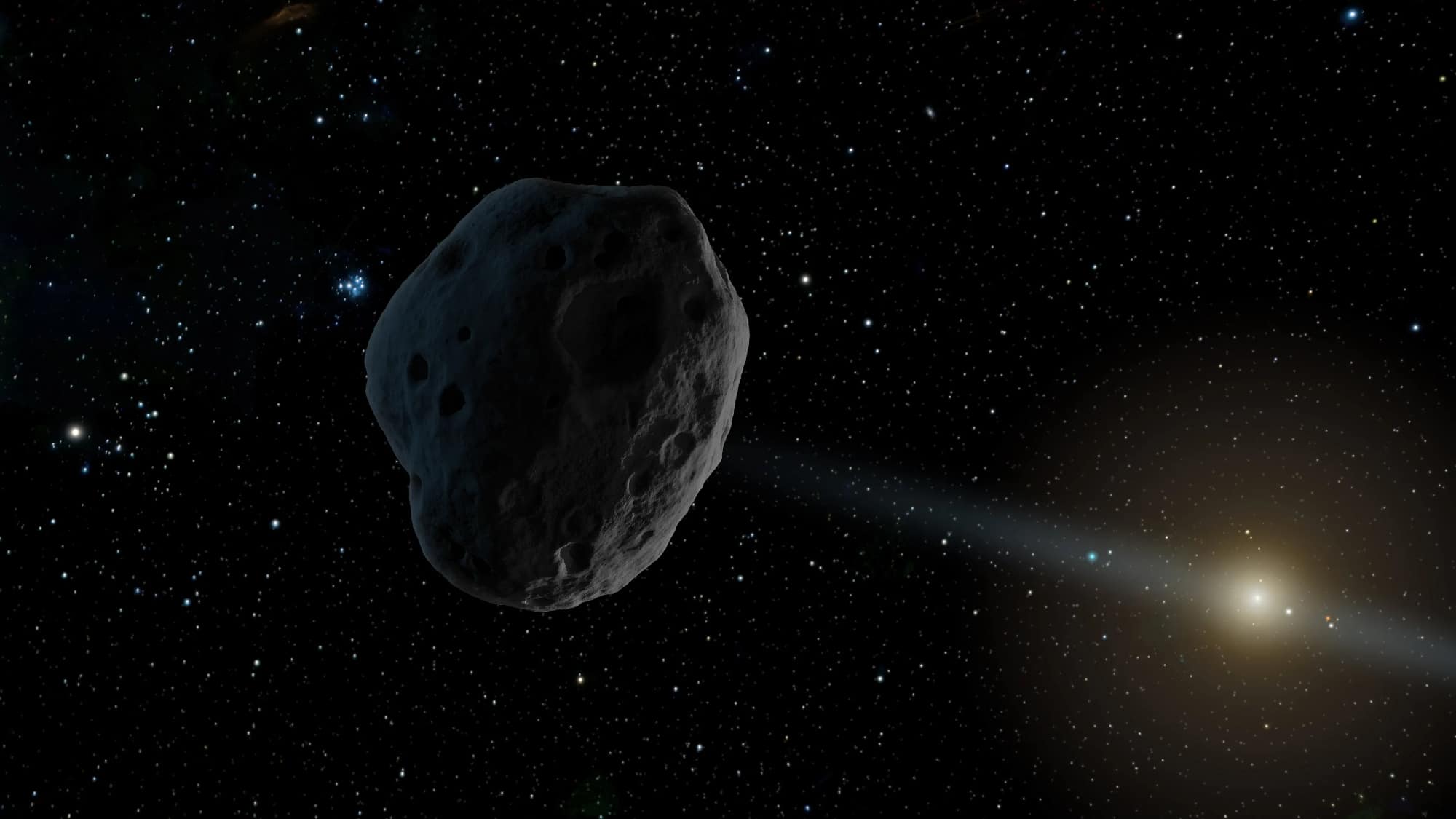Dark Comets: A New Frontier in Astronomy

Astronomers are on the brink of a significant breakthrough in the study of dark comets, with the highly anticipated Vera C. Rubin Observatory set to play a crucial role. Scheduled to begin operations in July 2025, this state-of-the-art facility promises to enhance our understanding of these mysterious celestial objects. Unlike traditional comets, dark comets do not exhibit bright tails, making them difficult to detect. However, their study could provide valuable insights into the early formation of our solar system.
Recent Discoveries in Dark Comet Research
The concept of dark comets first emerged in 2017 when astronomers observed the interstellar object ‘Oumuamua. This object displayed non-gravitational acceleration without a visible tail, sparking interest in similar celestial bodies. By 2023, researchers had identified seven dark comets within our solar system. This number doubled by late 2024, suggesting a growing population of these elusive objects.
Scientists have categorized dark comets into two distinct groups: smaller inner dark comets and larger outer dark comets. Despite their lack of visible dust trails, dark comets exhibit behaviors akin to traditional comets. They can release gas, which causes non-gravitational movement. The Vera C. Rubin Observatory, equipped with the largest camera ever built for sky surveys, is expected to significantly improve the detection of these objects. Its advanced capabilities will allow astronomers to explore the cosmos in unprecedented detail.
The Importance of Studying Dark Comets
Understanding dark comets is crucial for piecing together the history of our solar system. These objects are remnants from its early formation and hold vital clues about the processes that led to the development of planets. Researchers believe that comets and asteroids may have played a significant role in delivering water to Earth, a hypothesis that underscores the importance of studying dark comets.
By examining these celestial bodies, scientists hope to learn more about the conditions that existed during the solar system’s formation. This knowledge could provide insights into the origins of life on Earth and the potential for life elsewhere in the universe. Dark comets may also reveal information about the materials that formed the planets, helping us understand our cosmic neighborhood better.
Looking Ahead: The 2025 Discoveries
The Vera C. Rubin Observatory’s Legacy Survey of Space and Time (LSST) will be pivotal in advancing research on dark comets. This survey will scan the sky nightly, allowing for the detection of smaller, fast-moving objects that have previously gone unnoticed. The LSST’s capabilities are expected to unveil many unknown dark comets, offering new insights into their origins and properties.
As anticipation builds for the observatory’s launch, astronomers are eager to explore the potential discoveries that await. The ability to identify and study dark comets could revolutionize our understanding of the solar system and its formation. With the Rubin Observatory leading the charge, the next few years promise to be an exciting time for astronomers and space enthusiasts alike.
Observer Voice is the one stop site for National, International news, Sports, Editor’s Choice, Art/culture contents, Quotes and much more. We also cover historical contents. Historical contents includes World History, Indian History, and what happened today. The website also covers Entertainment across the India and World.

